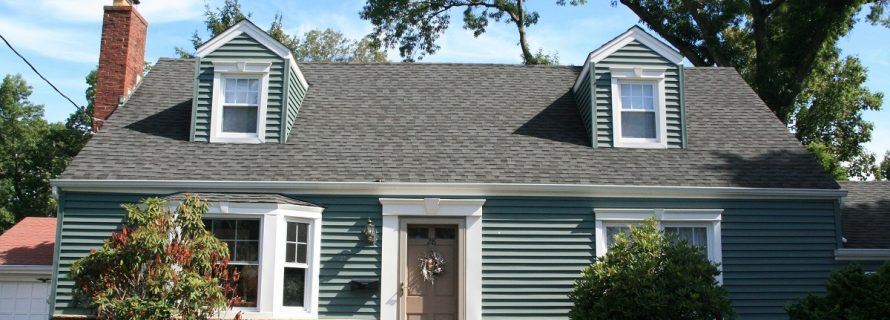How will the summer sun affect your home?

As summer starts, so do hot, sunny days. While the warm weather is a welcome change from torrential rain and several feet of snow, have you ever considered how the sun impacts your home?
That same hot sun that makes you head out to the beach to cool down can also impact your home’s exterior and energy costs. Here are a few things you may want to keep in mind this summer to help protect your home and your wallet from the sun’s rays.
Avoid siding damage
The area where the sun can do the most severe and visible damage is your home’s exterior. The sun’s ultraviolet light can cause fading, or photodegradation, with paint, wood and aluminum siding. This can dull the color of dark or bright siding options. With paint, the UV light and sun’s heat can also lead to bleaching, bubbling, peeling and chalking in some cases.

Because fading and other sun damage can impact the appearance of your home and hurt its curb appeal, siding experts have worked to make newer options most resistant to fading. If you think your siding may be losing its luster, talk to your exterior designer about the best options for houses that have a lot of sun exposure. Siding technology has evolved significantly over the past few decades, and your designer can help you find an option that will give you the look you desire for as long as you want.
Think about the color of your house
If you’ve ever walked through a parking lot in the middle of summer, you can quickly tell that some cars get hotter than others. A black sedan will be much hotter than a white one because its color absorbs more heat. The same is true for houses.
“Darker houses absorb more heat than lighter ones.”
As Scientific American magazine noted, houses that are painted in darker colors like dark red, navy or forest green can absorb more heat from the sun than light yellow, white or robin’s egg blue. The amount of heat that your home absorbs can directly correlate to your home’s heating and cooling bill. A darker house will be harder to cool because the walls are attracting and absorbing heat. The opposite is true for lighter homes.
The roof’s color matters as well – a black shingle on a roof will absorb more heat than a lighter color roofing shingle.
Make sure to consult an exterior expert to help you pick the right colors and materials for your home’s new curb appeal to help protect your home and your wallet.
- Additions and New Construction
- All Exteriors
- Alterations
- Basements
- Bathrooms
- Customer Service
- Customer Stories
- Decks
- Design & Planning Show
- DIY
- Doors
- Educational Resources
- Extreme Makeover Home Edition
- Fashion Show
- General Remodeling
- Green Living
- Handyman Home Services
- Home Decor
- Home Entertainment
- Home Improvement
- Home Improvements
- How to Tips
- In The Community
- Kitchens
- Off-the-Wall Remodeling Stories
- Remodeling
- Resources
- Roofing
- Siding
- Social Media
- Sunrooms
- Tips & Tricks
- Trends
- Windows

